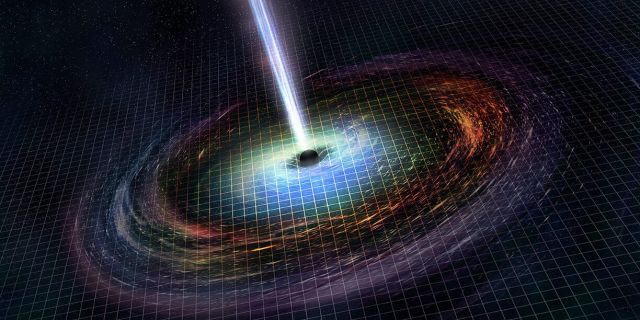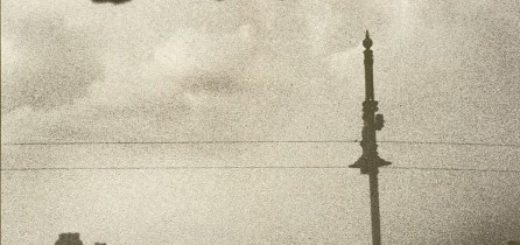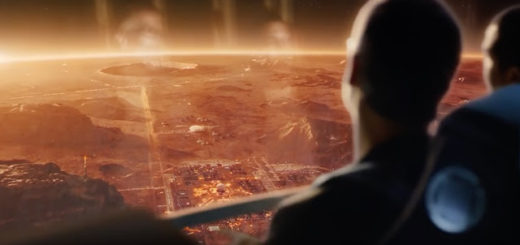Did a neutron-star collision make a Black Hole?

In August 2017, for the first time ever, scientists spotted gravitational waves generated by the merger of two superdense stellar corpses known as neutron stars.
This landmark find was a major step forward in understanding the cosmos, astronomers have stressed.
At the time, scientists suggested that this dramatic event, officially cataloged as GW170817, could have created a black hole — and a new analysis backs this supposition up. [Neutron-Star Crash: A Gravitational Waves Discovery in Pictures]
In the new study, researchers analyzed data gathered by NASA’s Chandra X-ray Observatoryafter the gravitational waves — ripples in space-time first predicted by Albert Einstein a century ago — were detected by the Laser Interferometer Gravitational Wave Observatory (LIGO) project.
More From Space.com
Neutron-Star Crash: A Gravitational Waves Discovery in Pictures
LIGO data revealed that the object created by the neutron-star merger is about 2.7 times the mass of the sun. It is therefore either the lowest-mass black hole ever identified, or the most massive neutron star, the researchers said.
But the study team is putting its money on the black-hole interpretation. If the two neutron stars collided to form a single, heavier neutron star, the resulting object would likely have a strong magnetic field that produces bright X-ray emissions, researchers said. However, the Chandra observations revealed low X-ray levels.
“We may have answered one of the most basic questions about this dazzling event: What did it make?” study co-author Pawan Kumar, of the University of Texas at Austin, said in a statement. “Astronomers have long suspected that neutron star mergers would form a black hole and produce bursts of radiation, but we lacked a strong case for it until now.”
If this hypothesis is confirmed, it could shed light on black holes, the darkest objects in the universe. (The lightest-known black holes harbor a minimum of four to five times the mass of the sun.)
Not all black holes form the same way, but this ultra-low-mass black hole would have taken shape after two supernova explosions left two neutron stars in a close-enough orbit for gravitational-wave radiation to help them collide — a strange and complicated journey, study team members said.
It would also be very interesting if astronomers determined that GW170817 generated a single gigantic neutron star. Such a result would challenge theories about the structure and formation of these exotic objects, researchers said.”GW170817 is the astronomical event that keeps on giving,” study co-author J. Craig Wheeler, also of the University of Texas, said in the statement. “We are learning so much about the astrophysics of the densest known objects from this one event.”
Fellow study co-author Bruce Grossan, of the University of California at Berkeley, voiced similar sentiments.
“At the beginning of my career, astronomers could only observe neutron stars and black holes in our own galaxy, and now we are observing these exotic stars across the cosmos,” Grossan said. “What an exciting time to be alive, to see instruments like LIGO and Chandra showing us so many thrilling things nature has to offer.”
The new study was published online May 31 in The Astrophysical Journal Letters.



 Creators of mankind
Creators of mankind Description of “Tall white aliens”
Description of “Tall white aliens” Where they came from?
Where they came from? About hostile civilizations
About hostile civilizations The war for the Earth
The war for the Earth “Tall white aliens” about eternal life
“Tall white aliens” about eternal life Video: “Nordic aliens”
Video: “Nordic aliens” Aliens
Aliens Alien encounters
Alien encounters The aliens base
The aliens base UFO
UFO Technology UFO
Technology UFO Underground civilization
Underground civilization Ancient alien artifacts
Ancient alien artifacts Military and UFO
Military and UFO Mysteries and hypotheses
Mysteries and hypotheses Scientific facts
Scientific facts


















